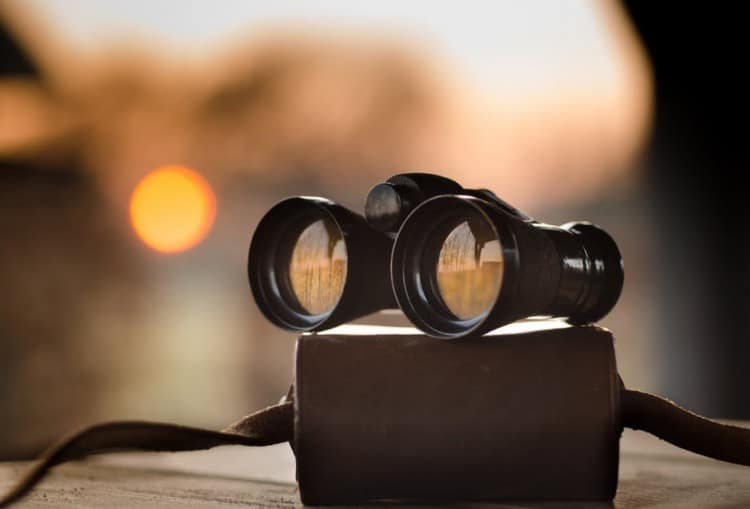
Being able to see at night is sometimes a hobby, or sometimes it’s a necessity. It all depends on who you are, and why do you need to see at night. However, if you’re willing to have a clear vision of everything around even when it’s dark, using a binocular or monocular is a must.
There are many regular binocular or monocular available in the market. But those which are able to let you see through at night, are quite different in technology. And for that, you need to spend a little more for obvious reasons.
However, before you invest after a night vision binocular or monocular, here are some factors to consider-
Be Aware of The Environment
First thing first, you need to consider the area and environment you will be using a night vision bino or mono in. Take the distance of the objects into consideration. Once you’re done, chose one binocular accordingly, as different models are perfect for different viewing distance.
Also, think about how the weather will be. Because of the fog, temperature, and humidity effects on your ability to see through a night vision binocular or monocular. In this case, some models are way more effective than others. If you have to use one in rough weather, you need to spend some extra bucks for sure.
What’s the Gain of Your Night Vision Binocular or Monocular?
Gain is the measurement of how much of the light will enter through the lens of your night vision binocular or monocular. The better the value of magnification is, the worse the gain will be.
The value and requirement of gain should be different in different cases. For example, if you’re up to deer hunting, you need to have a higher value of gain. If you’re looking for a distinct observing mission, lower gains may be a good fit.
If you’re looking for one high-quality pick, you can choose night vision from here.
Take Image Quality In Consideration
Image quality is one of the most important determining factors as long as night vision binocular or monocular are considered. The better the quality is the clearer your vision will be.
One problem with the image quality is, if you want to get higher quality, you have to increase the amount of money after binoculars. So, if you’re not in need of ultra-clear images, it’s not wise to spend the bucks.

G1 or G2- Which One You Need?
There are two generation variations as long as modern night vision technology is concerned. Among the Generation 1 and Generation 2, there is a much technical difference.
However, the major differences come up with these two generations is the system light, the system resolution, and the photo sensitivity. Here are some brief on each of these aspects-
- System light gain
The system light fain is the number of times the light amplification takes place inside the binocular or monocular. In case of G1 night vision gears, this number is lies within 300-900.And in case of G2 night vision gears, this number lies within 20,000 to 30,000 times. Certainly, it’s stronger in the case of G2 models comparing to G1 models. - The System Resolution
Next on, system resolution is the next big factor among G1 and G2 type of gears. This determines how sharp and clear image a night vision mechanism can produce. In the case of G1 binoculars and monoculars, this value is about below 1000.In comparison to that, G2 has pretty better value. These gears usually feature system resolution of less than 6000. - Photosensitivity
The third and one of the most significant factors is the sensitivity of photos. This indicates the minimum level of light that is required for the sensor to pick up. This value matters at two spots of the gear- the sensor and the periphery.However, from both spots, G2 gears provide more values than G1 gears.
As a summary line, G2 type of night vision gears is way more effective and of higher quality compared to G1 gears. If you look for a professional grade serious device, go for G2. In case you’re just starting out with a night vision device, we’d reconned to stick to G1 type.

Is There A Head Mount or Not?
Head mounts are one of the important kits of the night vision binos or monos. And with many modern models, they come up with the main gear itself. The benefit of the head mount is, it lets your hands be free by adjusting the binocular or monocular to your head.
However, the head mount is not a common part of there is not a mandatory use of it. If your gear doesn’t have a head mount, you can still use it. Just one of your hands may need to be used to hold the binocular or monocular.
Hopefully, these buying tips would help you to get the best night vision gear with no hardship.
About the Author
David Williams is a Networking Engineer and outdoor sports had been his middle name since her childhood summer vacs. He devotes herself to learn new stuff, explore new places and spread whatever he learns through her blogs.
